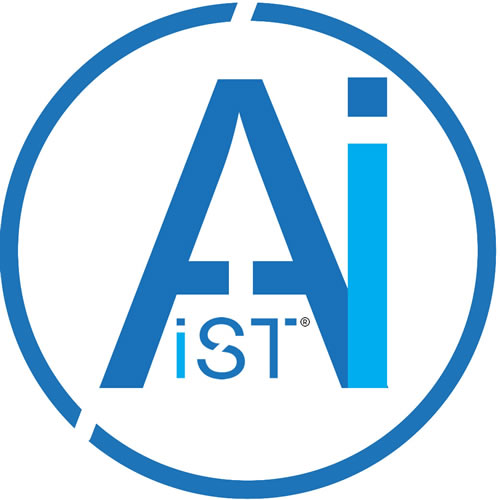Interdisciplinary teamwork can be critical within any project.
For example, I have just been writing a paper on AI in Condition Based Monitoring. This subject is basically about the maintenance of systems such as ships or aeroplanes. This type of maintenance has traditionally been undertaken with FMCEA type statistical analysis. However, neural networks and machine learning-driven models have now started to come to the fore in this field.
There’s only one problem, it doesn’t look like anyone is talking to each other.

The papers begin in a benign manner, discussing maintenance and how it is applied to engineering, but then you turn the page, and systems of equations and complex diagrams of output greet you. Now, this is not to say all papers do this, but the majority of the ones I have been reading in journals seem to take this approach.
Having worked as a ‘translator’ in many types of interdisciplinary teams before, my concern is that the end user will not be able to understand what they are using and how it works. The science is developing and new models are being built but are they being built within context and with the statistical rigour that they should be? From the papers currently out there very few seem to be.
When building models one has to speak with all parties involved to validate assumptions, check the data, and most importantly, to explain what is being developed. There wouldn’t be much point getting to the end of an expensive project for the end user to say, well that doesn’t work at all in real life and would actually cause huge risks to my system.
My advice is, speak to everyone, work in an interdisciplinary fashion and make sure stakeholders are involved. Not only will you have a greater chance of success, but your model will also be amazing, well understood and you will have grown as an analyst.
